Review: Apple iOS 8
Apple has updated most of the applications that are native to iOS. Here are the changes specific to each app.
App Store / iTunes / Family Sharing
The basic appearance and functionality of the App Store and iTunes have not changed. They are largely carried over from iOS 7.
The App Store does add a few minor features. For example, a function called "Suggested Apps" will take advantage of the owner's location (if enabled) to suggest apps. For example, if you walk into Home Depot the App Store may suggest that you install the Home Depot application. The only other change I can find is that the "Near Me" section of the App Store has been renamed to "Explore." Uh, ok.
The biggest update to the iTunes Store is support for Family Sharing. This is a godsend to people who purchase lots of content from Apple (movies, music, etc.), as it allows them to more easily enable other iOS devices to access it. With Family Sharing turned on, a single account holder (must have credit card) can purchase content and then make it available to multiple other devices - even those being used with other Apple IDs. I found it easy to turn on and use. What's most helpful is the presence of parental controls for managing access to age-appropriate content. For example, the account holder can hide content purchases from other members of the family. Last, the account holder can approve or deny purchases that certain family members might want to make.
Family Sharing also includes a shared iCloud photo library and location. Tread carefully here, however, as you may not want all your photos visible to everyone in your family.
AirDrop / AirPlay
AirDrop is a tool that allows iOS devices to push content/files to other devices. It has long worked between iOS devices (i.e., one iPhone to another), but until iOS 8 it didn't work with Apple's Mac computers, even though they also had an “AirDrop” feature. But now, long as you have an iPhone with iOS 8 and a Mac with the forthcoming Yosemite OS, you can push files back and forth quickly. AirDrop uses Bluetooth to pair the two devices, but Wi-Fi to push the files back and forth quickly. Adding compatibility with desktops is a huge win for Apple customers.
AirPlay lets iOS devices push content (music, movies, etc.) to the Apple TV and other iOS devices. The newest version doesn't require that both devices be connected to the same Wi-Fi network; now it truly works peer-to-peer, meaning your iPhone 6 can pair directly with another iPhone or Apple TV. I found it worked flawlessly.
Both Android and Windows Phone have their own versions of media and file sharing. Android generally relies on the DLNA standard, and I've found it works well over the years as long as you have a modicum of tech savvy. AirDrop is a lot easier to use between two iOS devices, and AirPlay is easier to use with an Apple TV than it is for a Windows Phone or Android device to pair with a TV or stereo system.
Apple Pay / PassPort / TouchID
Apple Pay will be limited to the iPhone 6 and 6 Plus thanks to the NFC hardware requirements. Sadly, it isn't available yet. Apple said Apple Pay is scheduled to launch in October. Once it goes live, users will be able to use their iPhone 6 and 6 Plus to make tap-and-go payments at various retailers around the country. The pie-in-the-sky dream of leaving our wallets at home is almost here, but not quite. We'll give Apple Pay a thorough review when it launches later this year.
With Apple Pay's arrival still on deck, there are no major changes to PassPort other than a refreshed app icon. In theory, Apple Pay will work hand-in-hand with PassPort to manage loyalty cards, credit cards, and mobile payments. Apple has not yet said that it will.
TouchID, which is limited to the iPhone 5s, 6, and 6 Plus, is (finally!) available to third-party developers in iOS 8. When the feature launched in iOS 7, only select Apple apps could interact with the fingerprint sensor. iOS 8 makes TouchID available to all app developers. This means, over time, more and more apps will be able to use your fingerprint to unlock them or authorize select features/functions. The fingerprint reader can be used to unlock the iPhone and authorize iTunes purchases. Its usefulness will only grow. One of the first apps to take advantage of this is 1Password. It is a tool that lets you create a master password for your iPhone and then allow the app to create complex passwords for every other password-restricted app on the phone. The latest update to 1Password means you can use your fingerprint to unlock and authenticate *all* your apps. That's pretty cool.
Camera
The camera application gains a few new features and, more importantly, the features are available across all iOS devices rather than limited to select hardware.
To start, the camera (finally!) adds a timer. There's a little tool visible in the main viewfinder that lets you set a 3- or 10-second timer. This is a feature long offered by Android and Windows Phone. Also, the camera has a new time-lapse capture function. When in time-lapse mode, the camera shoots a picture every few seconds over an extended period of time and then stitches the images together to create cool videos that show off what happens with the passage of time (think clouds passing, moon rising, etc.). It's a snap to use, though you'll need a tripod or some other way to hold the phone still. The camera also adds exposure lock. This tool is tricky to use. A long press on the viewfinder focuses the camera in a specific area of the subject and bases exposure on that area. However, a little "sunlight" icon appears. You can slide this icon up and down to change and lock the exposure to something higher or lower than what it generated on its own.
The basic UI of the camera still requires you to swipe between different shooting modes, such as pano, square, regular, video, slow-mo, and time-lapse. I wish it were faster to choose between these modes, as swiping from the regular function to any of the others can be cumbersome. I'm glad the camera can be opened from the lock screen, but a dedicated camera button would be nice. Still, the camera focuses and snaps pictures in an instant on every device we tested.
The app remains straight-forward and simple to use. Android device makers have used the kitchen sink mentality in recent years to add features to their camera apps, but Google has kept the stock Android camera rather simple. The same is somewhat true of Microsoft/Nokia. The plain Windows Phone camera is very simple to use, but the Nokia camera app is far more advance. Apple's camera software makes it as easy as possible for the greatest number of people to get good shots.
Extensions
Don't skip this part of the review. I'll keep it short and sweet, I promise. The increase in extensibility is perhaps the single most important addition to iOS 8. Extensibility pertains to how apps are able to talk to one another. In iOS 7 and earlier, Apple tightly controlled which apps could talk to others when it came to sharing data and information. For example, if you were in the Photo Gallery app and wanted to share a photo, you were limited to several choices (email, SMS, Twitter, Facebook). If you wanted to share a photo somewhere else, such as Instagram, you had to do so through the Instagram app rather than the Photo Gallery app. That's about to change.
Apple has made more extensions available to more apps, which means more apps will be able to talk to and share with others. Android has been really good at extensibility since version 2.3 Gingerbread. Android users have had a wide array of ways to share data between apps for several years. While few iPhone apps are advertising their new extensibility at the onset of iOS 8's availability, developers will gradually increase how their apps talk to other apps over time. The end result will be an incredible enrichment in what iOS device owners are able to do with their data in and between apps. When you think extensions, think sharing. Sharing is going to become much more powerful.
Right now, we're limited in our ability to asses how awesome this will be, but fear not; it will be awesome.
Game Center
Game Center didn't get much attention from Apple this year. The app itself is more or less carried over from iOS 7 in terms of appearance and basic functionality.
Health / HealthKit
This is one feature that doesn't yet quite work. The actual Health app doesn't do much on its own. It has a stark interface that, when devoid of data, is easy to figure out. However, without any HealthKit-enabled apps, there's no way to get data to the Health app to consume it. The app does allow you to create a medical profile for yourself that can be made available to others in the event of an emergency. For now, however, that's it.
Apple was forced to postpone the release of HealthKit-enabled applications on iOS 8 launch day due to some sort of bug. Ostensibly, when they arrive, they'll contribute data to the Health app which will then compile the data in a way that makes sense to end users. For example, fitness apps will be able to tell Health that you exercised, what your heart rate was, what your weight is, and so on. We'll revisit this section of the review when the HealthKit-enabled apps are finally available.
Right now, Samsung and LG have their own health-tracking apps installed on their Android devices. They are based on the same principle, but don't necessarily have a central repository for all the health data created by the other installed apps.
HomeKit
HomeKit is a tool for developers. Using APIs from Apple, app developers will eventually make it possible for iOS device owners to control certain aspects of their home, such as the thermostat or lights. Unlike Apple Health, there's no master control program through which to interface with all your in-home stuff. HomeKit is Apple's stab at enabling what's commonly referred to as the "internet of things." It requires multiple components: internet-connected things, apps, iOS devices, and so on. Eventually, iOS device owners will be able to turn the lights in their house on and off, control their thermostat, and interact with other connect things tools around their house. At launch, however, HomeKit apps and gear are more or less non-existent.
Maps
Apple Maps behaves largely like it did when it debuted in iOS6 two years ago. Perhaps the only change it needs to make is increase accuracy, and on that front Apple has made significant strides. The company purchased a half-dozen small mapping companies that have helped supplement its existing map data. The company has also increased the number of cities in which you view 3D renditions and do those nifty flyovers.
Apple Maps offers voice-guided turn-by-turn directions - as long as you're driving. It still doesn't do mass transit. When you ask it to find a train schedule, it suggests you try third-party apps. Ouch.
This is one arena where both Google and Microsoft have Apple whipped. Both companies offer much more robust and feature-rich mapping and navigation tools.
Music, Video, iTunes Radio
These are three more apps that Apple ignored this year. They offer the same features and functions as they did in iOS 7. The one caveat here is that iTunes Radio itself has improved dramatically since its debut last year. There are more stations and they offer a wide variety of music. Further, with Apple's acquisition of Beats Music this year, we can expect more significant upgrades in the not-too-distant future.
Photo Gallery
The photo gallery is much more useful for manipulating images thanks to several additions to its feature list.
The basic appearance of the photo gallery is unchanged from iOS 7. Images are organized by date/location, and can also appear in albums. Further, you're now able to search based on date or location. For example, you know you took a picture in Tahiti back in 2013, but can't find the image. Now you can look for all the images in your library from Tahiti, or all the images from that Month and Year, to narrow down your search results. The gallery has a nifty tool that puts all the videos into a single album, which is a godsend as far as I am concerned. You can also "favorite" photos with a simple tap. Favorited photos are added to their own album for easier viewing.
Editing tools are also more robust. You can add filters, reduce red-eye, or use the auto-enhance function. The crop tool has added some really nice features. It still allows you to rotate images 90 degrees at a time, but now also allows you to rotate them just a little bit. This is great, for example, if you want to straighten out a crooked horizon in the background. The editing tools also allow you to alter the aspect ratio of the image after the fact. Last, the app (finally!) adds more fine-tune controls over images, such as exposure, contrast, and color. Yay!
Apple's photo gallery has always been simplistic to a fault. With the newest tools, I think it is on even footing with the stock photo editing apps in Android and Windows Phone.
Siri
Siri has a few new tricks up her sleeve. For starters, Siri how responds to the "Hey, Siri!" catchphrase. This means you don't have to long press the home button to launch Siri. The catchphrase isn't quite as useful as the "OK Google Now" catchphrase available on the Moto X., however. With the Moto X (both first and second gen) you can utter the catchphrase at any time and the phone will wake up and do what you ask it to. But Siri only comes to life when the iPhone itself is already awake. If the iPhone is sitting with the screen off on your desk, though, Siri will give you the cold shoulder.
The other bummer is that Siri can't recognize individual voices. The Moto X lets you train your device to respond only your voice. With Siri, any person can say "Hey, Siri!" near your active iPhone and she will wake up.
Another nifty feature: Siri has Shazam built in. Now you can use Siri to pick out songs. When there's a song you want to identify, simple say "Hey, Siri, what's this song?" and she will listen, match it to Shazam's library, and let you know what the name of the tune is and who the artist is. Cool.
Of course, Windows Phone's Cortana already does this, and Google has its own song search that's been around a while. It's not a new feature, but it's easy to use on the iPhone.


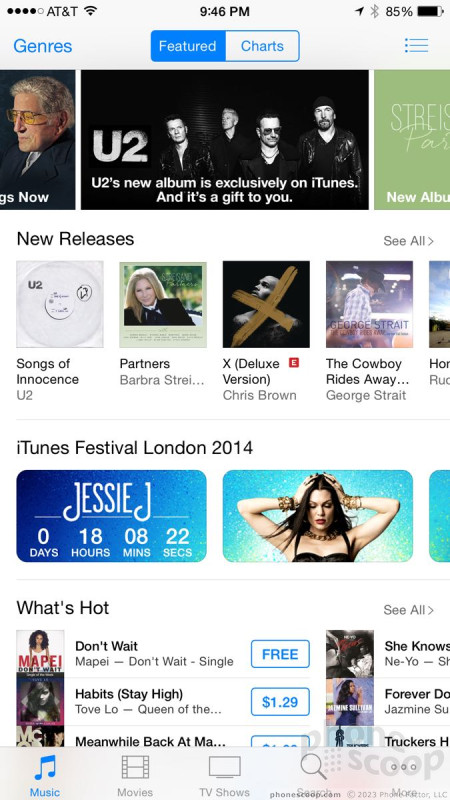








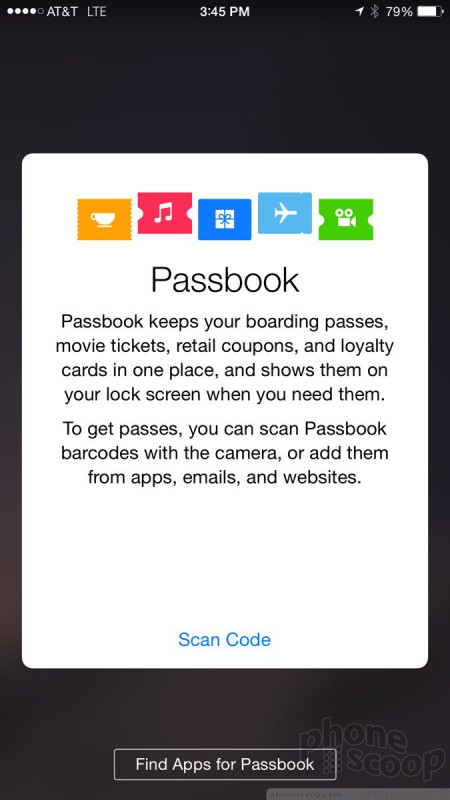


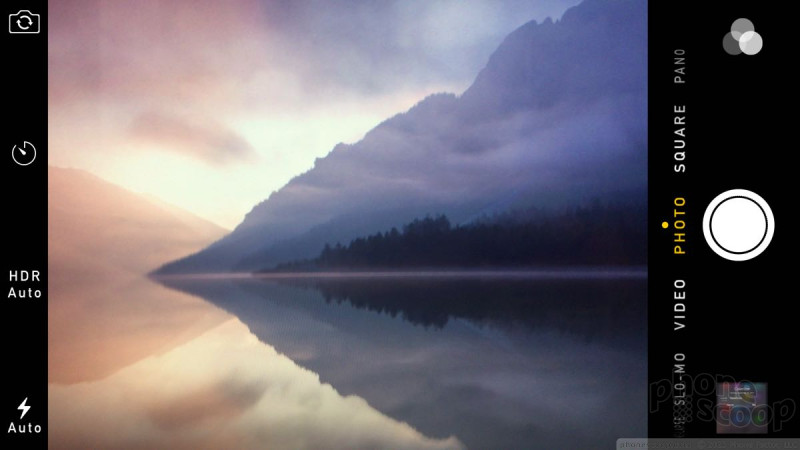







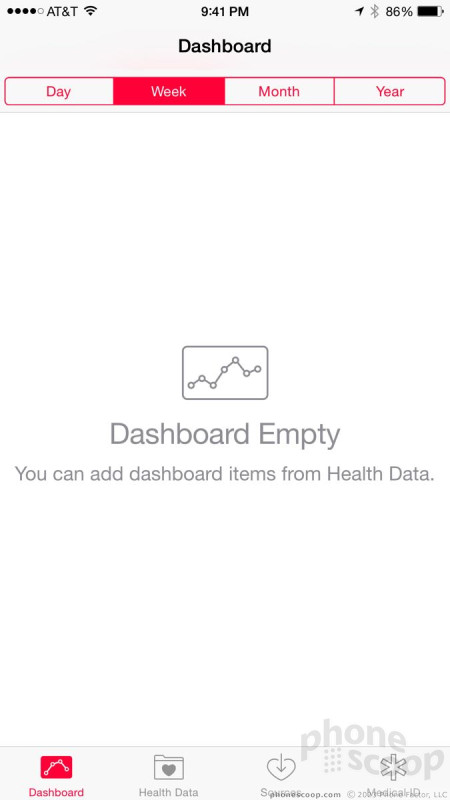






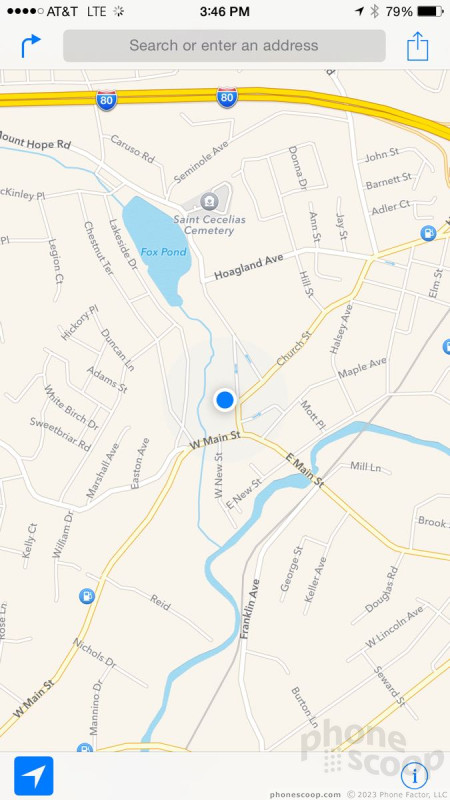





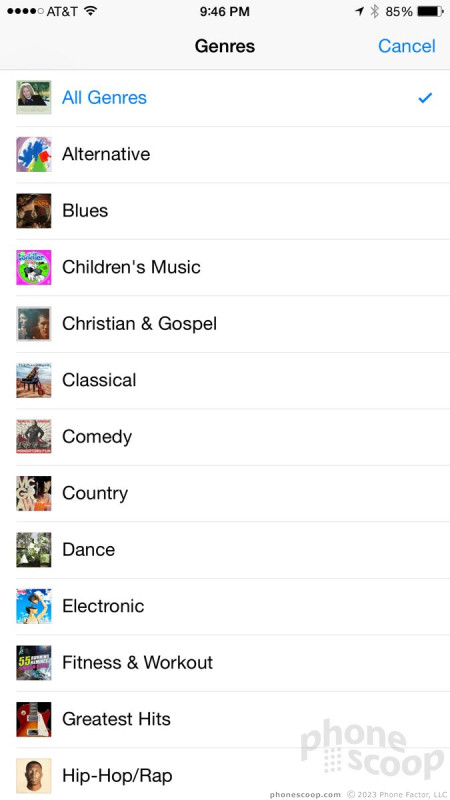







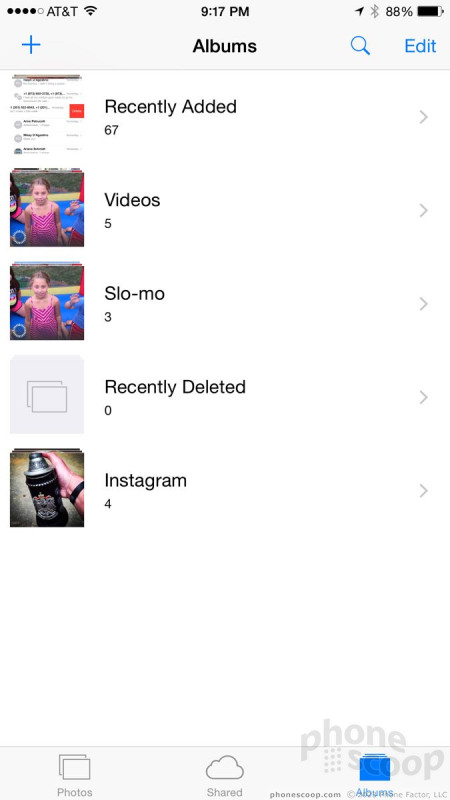










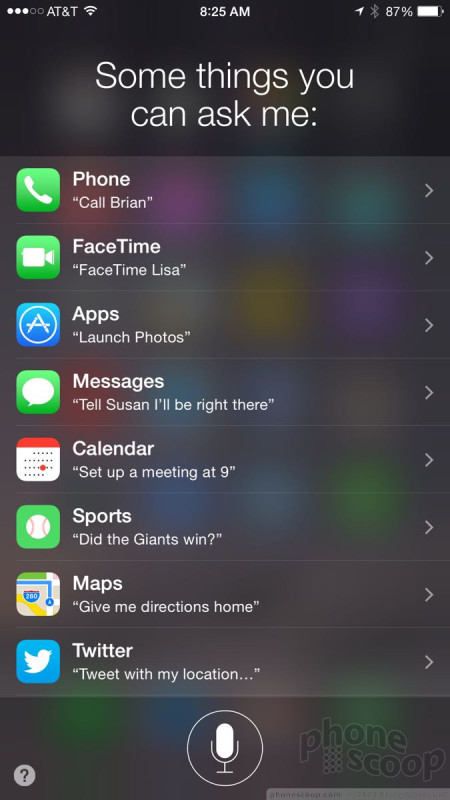




 Qualcomm vs. Bullitt: Satellite Connectivity Comparison and Hands On
Qualcomm vs. Bullitt: Satellite Connectivity Comparison and Hands On
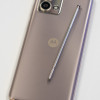 Hands On with the moto g stylus 5G (2023)
Hands On with the moto g stylus 5G (2023)
 Hands On with the Motorola razr and razr+ (2024)
Hands On with the Motorola razr and razr+ (2024)
 Hands On with the 2025 Moto razr Lineup
Hands On with the 2025 Moto razr Lineup
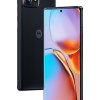 Motorola's New Flagship Gets its Signature Edge Back
Motorola's New Flagship Gets its Signature Edge Back



